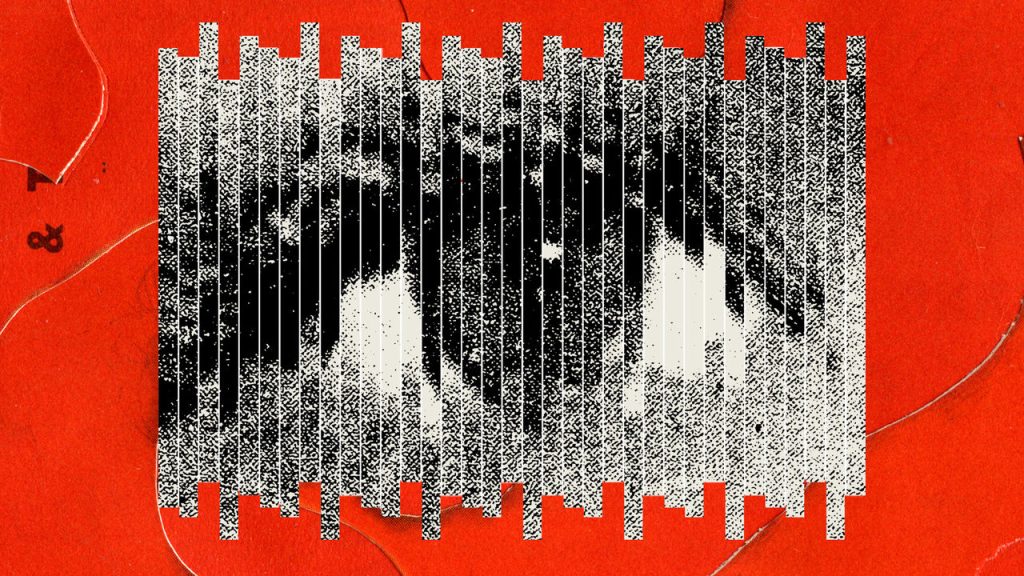Listen to the article
In an age of information abundance, disinformation continues to spread at an alarming rate across social media platforms, news outlets, and private messaging services. This troubling trend has experts increasingly concerned about its impact on democratic institutions, public health initiatives, and social cohesion worldwide.
Disinformation—false information deliberately created and shared to cause harm—differs from misinformation, which is inaccurate content shared without malicious intent. This distinction matters as researchers track how falsehoods travel through digital ecosystems and influence public opinion.
“What makes modern disinformation particularly dangerous is its scale and speed,” explains Dr. Claire Wardle, a leading researcher in the field. “False narratives can reach millions within hours, often before fact-checkers have a chance to respond.”
The mechanics of disinformation campaigns have grown increasingly sophisticated. Adversaries frequently employ a multi-platform approach, seeding false content on fringe websites before amplifying it through coordinated networks of accounts across mainstream platforms like Facebook, Twitter, and YouTube. This creates an illusion of widespread discussion around manufactured topics.
Recent research from the Oxford Internet Institute found that professional disinformation operations are active in at least 81 countries, with government agencies and political parties spending over $500 million annually on computational propaganda tools and campaigns.
Russia’s Internet Research Agency exemplifies this approach. During the 2016 U.S. presidential election, the organization created thousands of fake social media accounts to amplify divisive content, reaching an estimated 126 million Americans on Facebook alone. Similar tactics have appeared in elections across Europe, Asia, and South America.
Social media algorithms inadvertently accelerate this problem. “These systems are designed to maximize engagement,” notes technology ethicist Tristan Harris. “Unfortunately, emotionally triggering content—often false or misleading—tends to generate the most clicks and shares.”
The psychological aspects of disinformation make it particularly resilient. People tend to accept information that confirms existing beliefs (confirmation bias) and remember false claims even after they’ve been corrected (continued influence effect). When audiences encounter the same falsehood repeatedly across different sources, they’re more likely to perceive it as true—a phenomenon called the “illusory truth effect.”
Economic incentives further complicate matters. Websites publishing sensational false content can generate substantial advertising revenue. A notable example was the cluster of websites run from the town of Veles, North Macedonia, where entrepreneurs earned thousands of dollars monthly during the 2016 U.S. election by publishing politically divisive false content that attracted millions of views.
The consequences of disinformation extend beyond politics. During the COVID-19 pandemic, health misinformation contributed to vaccine hesitancy and resistance to public health measures. The World Health Organization has described this as an “infodemic” that directly impacts public health outcomes.
Social media platforms have responded with varying approaches. Twitter (now X) and Facebook have implemented fact-checking programs, added labels to questionable content, and removed accounts linked to coordinated inauthentic behavior. However, critics argue these efforts remain insufficient against the scale of the problem.
“Platform policies tend to be reactive rather than proactive,” says Joan Donovan, Research Director at Harvard’s Shorenstein Center. “They’re constantly playing catch-up to new disinformation tactics.”
Media literacy initiatives represent one promising countermeasure. Programs teaching critical thinking skills and source evaluation have shown effectiveness in helping people identify misleading content. Finland, which began implementing digital literacy in primary education, has demonstrated greater resilience against disinformation campaigns.
Ultimately, addressing disinformation requires a multifaceted approach involving technology companies, governments, educators, and citizens. Technological solutions like improved content moderation algorithms must work alongside regulatory frameworks that increase platform accountability while preserving free expression.
As one researcher noted, “Disinformation exploits the very features that make our information ecosystem valuable—openness, connectivity, and speed. The challenge is preserving these benefits while mitigating the harm.”
Verify This Yourself
Use these professional tools to fact-check and investigate claims independently
Reverse Image Search
Check if this image has been used elsewhere or in different contexts
Ask Our AI About This Claim
Get instant answers with web-powered AI analysis
Related Fact-Checks
See what other fact-checkers have said about similar claims
Want More Verification Tools?
Access our full suite of professional disinformation monitoring and investigation tools




12 Comments
This is a concerning trend that requires careful monitoring and response. Effective strategies to combat disinformation will be crucial for maintaining public trust and democratic discourse.
Agreed. Fact-checking and media literacy initiatives will be key to equipping the public with the tools to identify and resist the spread of false narratives.
The mechanics of modern disinformation campaigns are truly alarming. Developing a comprehensive, multifaceted approach to this problem will be essential for protecting the integrity of our information ecosystem.
Absolutely. Coordinated action across stakeholders will be key to staying ahead of increasingly sophisticated disinformation tactics.
The multi-platform approach used by disinformation actors is quite sophisticated. Tracking these coordinated networks and disrupting their tactics will be crucial for limiting the impact of false narratives.
Well said. Cross-platform collaboration and information sharing among researchers, fact-checkers, and platforms will be essential to staying ahead of evolving disinformation tactics.
As a concerned citizen, I’m hopeful that increased public awareness and a collaborative, multifaceted response can help curb the spread of disinformation. This is a complex challenge, but one we must address.
Disinformation poses a serious threat to public discourse and decision-making. Strengthening media literacy, improving platform transparency, and supporting fact-checking efforts will all be key to mitigating this issue.
Agreed. Addressing the root causes of disinformation, rather than just its symptoms, will be crucial for creating lasting solutions.
The speed and scale at which disinformation can spread online is truly alarming. Stricter content moderation policies and greater digital literacy education may help mitigate this growing problem.
Absolutely. Policymakers and tech companies will need to work together to develop comprehensive solutions that address the root causes of disinformation.
This is a troubling trend that deserves urgent attention. Policymakers, tech companies, and the public must work together to develop effective strategies for combating the spread of disinformation.